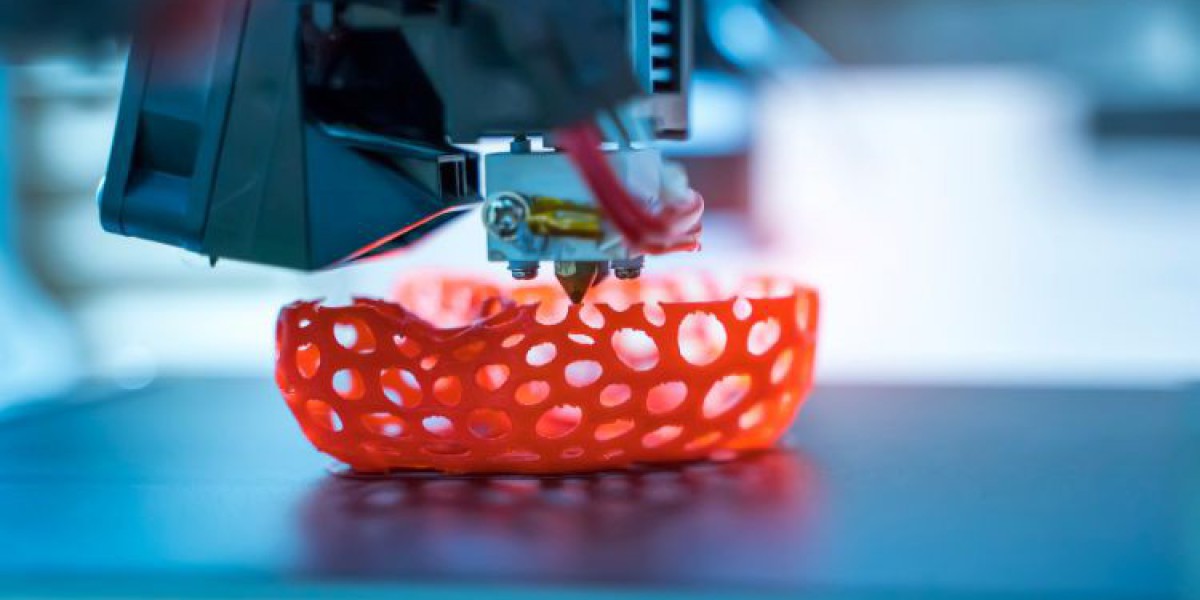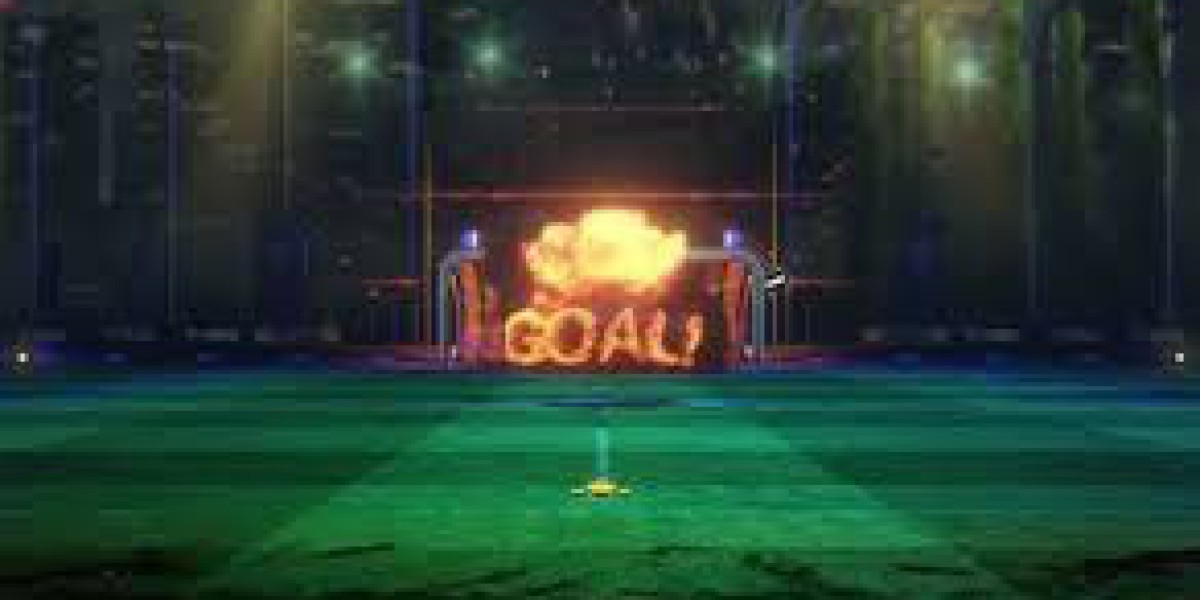3D reconstruction is the process of creating a three-dimensional model of an object, scene, or environment from a set of two-dimensional images or data. It is a key technology in many fields, such as engineering, construction, healthcare, entertainment, media, archaeology, and manufacturing. In this blog post, we will explore how 3D reconstruction works, what are the different technologies and methods involved, and how it is applied in various industries. We will also look at some real-world examples and case studies of 3D reconstruction projects, as well as the future trends and challenges in this domain.
The global 3D reconstruction market size attained a value of more than USD 934.85 million in 2023. The market is further expected to grow in the forecast period of 2024-2032 at a CAGR of 8.1% to reach over USD 1,885.03 million by 2032. This growth is driven by the increasing demand for 3D reconstruction in various sectors, such as engineering, construction, healthcare, entertainment, media, archaeology, and manufacturing. 3D reconstruction offers many benefits, such as improved accuracy, efficiency, quality, and visualization, as well as reduced costs, risks, and errors.
3D Reconstruction Technologies
There are different technologies and methods that can be used to perform 3D reconstruction, depending on the type and quality of the input data, the desired output, and the available resources. Some of the most common and widely used technologies are:
- Photogrammetry: This is the process of deriving 3D information from a set of overlapping 2D images, usually taken from different angles and positions. Photogrammetry uses the principles of geometry, optics, and computer vision to estimate the relative positions and orientations of the cameras and the objects in the scene, and then reconstructs the 3D shape and texture of the objects using various algorithms. Photogrammetry can be performed using standard cameras, drones, or satellites, and can produce high-resolution and realistic 3D models of large-scale scenes and objects.
- LiDAR (Light Detection and Ranging): This is the process of using a laser scanner to measure the distance and reflectance of the objects in the scene, and then creating a 3D point cloud of the scanned area. LiDAR can capture the shape and structure of the objects, as well as their color and material properties, depending on the wavelength and intensity of the laser. LiDAR can be mounted on vehicles, aircraft, or handheld devices, and can produce accurate and detailed 3D models of complex and dynamic environments.
- Structured Light Scanning: This is the process of projecting a pattern of light, such as stripes, grids, or dots, onto the surface of the object, and then capturing the distorted pattern using a camera. Structured light scanning uses the principles of triangulation and computer vision to calculate the depth and shape of the object, and then reconstructs the 3D model using various algorithms. Structured light scanning can be performed using specialized devices, such as 3D scanners, or using common devices, such as smartphones or webcams, and can produce high-quality and accurate 3D models of small to medium-sized objects.
- CT (Computed Tomography) Scanning: This is the process of using a series of X-ray images to create a 3D representation of the internal structure of an object. CT scanning uses the principles of tomography and computer vision to reconstruct the 3D model from the 2D slices of the object, and then applies various filters and enhancements to improve the quality and resolution of the model. CT scanning can be performed using specialized machines, such as medical CT scanners, or using industrial CT scanners, and can produce detailed and precise 3D models of the internal and external features of the object.
Applications of 3D Reconstruction in Engineering and Construction
3D reconstruction has many applications in the engineering and construction industry, such as:
- Building Information Modeling (BIM): This is the process of creating a digital representation of the physical and functional characteristics of a building, such as its geometry, materials, systems, and operations. BIM can be used for planning, designing, constructing, and managing buildings, as well as for enhancing their performance, sustainability, and safety. 3D reconstruction can be used to create and update BIM models from 2D images or data, such as photographs, drawings, or surveys, and to integrate them with other sources of information, such as GIS, CAD, or sensors.
- Civil Engineering Projects: This is the process of designing, building, and maintaining infrastructure, such as roads, bridges, dams, tunnels, and airports. Civil engineering projects can benefit from 3D reconstruction in various ways, such as: monitoring the progress and quality of the construction, detecting and preventing defects and damages, assessing the impact and feasibility of the project, and optimizing the design and performance of the structure. 3D reconstruction can be used to create and update 3D models of the infrastructure from 2D images or data, such as photographs, drawings, or surveys, and to compare them with the original plans and specifications.
- Structural Integrity Assessments: This is the process of evaluating the condition and performance of a structure, such as a building, a bridge, or a dam, and identifying any potential risks or failures. Structural integrity assessments can be used for ensuring the safety and reliability of the structure, as well as for planning and executing maintenance and repair activities. 3D reconstruction can be used to create and update 3D models of the structure from 2D images or data, such as photographs, drawings, or surveys, and to analyze them for any signs of deterioration, deformation, or damage.
- Virtual Reality (VR) and Augmented Reality (AR) Applications: This is the process of creating and interacting with immersive and realistic simulations of the real world, using devices such as headsets, glasses, or smartphones. VR and AR applications can be used for various purposes in the engineering and construction industry, such as: training and education, collaboration and communication, visualization and presentation, and entertainment and marketing. 3D reconstruction can be used to create and update 3D models of the real world from 2D images or data, such as photographs, drawings, or surveys, and to integrate them with other sources of information, such as GIS, CAD, or sensors, to create realistic and interactive VR and AR experiences.
Applications of 3D Reconstruction in Healthcare
3D reconstruction has many applications in the healthcare industry, such as:
- Medical Imaging (CT, MRI): This is the process of creating a visual representation of the internal organs, tissues, and structures of the human body, using devices such as CT scanners or MRI machines. Medical imaging can be used for various purposes, such as: diagnosis, prognosis, treatment, and research. 3D reconstruction can be used to create and update 3D models of the human body from 2D images or data, such as CT scans or MRI scans, and to enhance their quality and resolution, as well as to apply various filters and annotations.
- Surgical Planning and Simulation: This is the process of preparing and practicing for a surgical procedure, using devices such as computers, tablets, or VR headsets. Surgical planning and simulation can be used for various purposes, such as: improving the accuracy and efficiency of the surgery, reducing the risks and complications, and increasing the patient satisfaction and outcome. 3D reconstruction can be used to create and update 3D models of the patient's anatomy and pathology from 2D images or data, such as CT scans or MRI scans, and to integrate them with other sources of information, such as medical records, surgical instruments, or surgical guides, to create realistic and interactive surgical simulations.
- Prosthetics and Orthotics: This is the process of designing, fabricating, and fitting artificial devices that replace or support a missing or impaired body part, such as a limb, a joint, or a tooth. Prosthetics and orthotics can be used for various purposes, such as: restoring the function and appearance of the body part, enhancing the mobility and quality of life, and preventing or correcting deformities. 3D reconstruction can be used to create and update 3D models of the patient's body part from 2D images or data, such as photographs, drawings, or impressions, and to integrate them with other sources of information, such as measurements, materials, or preferences, to create customized and personalized prosthetics and orthotics.
- Dental Applications: This is the process of diagnosing, treating, and preventing diseases and disorders of the teeth, gums, and mouth, using devices such as dental scanners, dental implants, or dental braces. Dental applications can benefit from 3D reconstruction in various ways, such as: improving the accuracy and efficiency of the diagnosis and treatment, reducing the risks and complications, and increasing the patient satisfaction and outcome. 3D reconstruction can be used to create and update 3D models of the patient's teeth, gums, and mouth from 2D images or data, such as photographs, drawings, or impressions, and to integrate them with other sources of information, such as measurements, materials, or preferences, to create realistic and interactive dental simulations.
Applications of 3D Reconstruction in Entertainment and Media
3D reconstruction has many applications in the entertainment and media industry, such as:
- Animation and Visual Effects: This is the process of creating and manipulating moving images, using devices such as computers, cameras, or motion capture systems. Animation and visual effects can be used for various purposes, such as: storytelling, entertainment, education, and marketing. 3D reconstruction can be used to create and update 3D models of the characters, objects, and environments from 2D images or data, such as photographs, drawings, or videos, and to integrate them with other sources of information, such as sounds, scripts, or animations, to create realistic and dynamic animations and visual effects.
- Video Games: This is the process of creating and playing interactive and immersive simulations of the real or imaginary worlds, using devices such as computers, consoles, or smartphones. Video games can be used for various purposes, such as: entertainment, education, training, and socialization. 3D reconstruction can be used to create and update 3D models of the characters, objects, and environments from 2D images or data, such as photographs, drawings, or videos, and to integrate them with other sources of information, such as sounds, scripts, or gameplay, to create realistic and engaging video games.
- Virtual Tours and 360-Degree Videos: This is the process of creating and viewing immersive and panoramic simulations of the real world, using devices such as cameras, drones, or VR headsets. Virtual tours and 360-degree videos can be used for various purposes, such as: tourism, education, marketing, and journalism. 3D reconstruction can be used to create and update 3D models of the scenes and locations from 2D images or data, such as photographs, drawings, or videos, and to integrate them with other sources of information, such as sounds, texts, or maps, to create realistic and interactive virtual tours and 360-degree videos.
Applications of 3D Reconstruction in Archaeology and Cultural Heritage
3D reconstruction has many applications in the archaeology and cultural heritage industry, such as:
- Reconstruction of Archaeological Sites: This is the process of restoring and recreating the appearance and function of ancient or historical sites, such as temples, pyramids, or cities. Reconstruction of archaeological sites can be used for various purposes, such as: research, education, preservation, and tourism. 3D reconstruction can be used to create and update 3D models of the archaeological sites from 2D images or data, such as photographs, drawings, or surveys, and to integrate them with other sources of information, such as historical records, artifacts, or simulations, to create realistic and interactive reconstructions of archaeological sites.
- Preservation of Cultural Artifacts: This is the process of protecting and conserving the physical and digital forms of cultural artifacts, such as paintings, sculptures, or manuscripts. Preservation of cultural artifacts can be used for various purposes, such as: research, education, preservation, and tourism. 3D reconstruction can be used to create and update 3D models of the cultural artifacts from 2D images or data, such as photographs, drawings, or scans, and to enhance their quality and resolution, as well as to apply various filters and annotations.
- Virtual Museums and Exhibits: This is the process of creating and displaying digital collections of cultural artifacts, such as paintings, sculptures, or manuscripts, using devices such as computers, tablets, or VR headsets. Virtual museums and exhibits can be used for various purposes, such as: research, education, preservation, and tourism. 3D reconstruction can be used to create and update 3D models of the cultural artifacts from 2D images or data, such as photographs, drawings, or scans, and to integrate them with other sources of information, such as texts, sounds, or videos, to create realistic and interactive virtual museums and exhibits.
Applications of 3D Reconstruction in Manufacturing and Product Design
3D reconstruction has many applications in the manufacturing and product design industry, such as:
- Reverse Engineering: This is the process of analyzing and replicating the design and function of an existing product, using devices such as 3D scanners, 3D printers, or CAD software. Reverse engineering can be used for various purposes, such as: innovation, improvement, customization, and competition. 3D reconstruction can be used to create and update 3D models of the existing product from 2D images or data, such as photographs, drawings, or scans, and to integrate them with other sources of information, such as measurements, materials, or specifications, to create realistic and accurate reverse engineering models.
- Prototyping: This is the process of creating and testing a preliminary version of a new product, using devices such as 3D scanners, 3D printers, or CAD software. Prototyping can be used for various purposes, such as: validation, refinement, feedback, and demonstration. 3D reconstruction can be used to create and update 3D models of the new product from 2D images or data, such as photographs, drawings, or sketches, and to integrate them with other sources of information, such as measurements, materials, or specifications, to create realistic and functional prototypes.
- Quality Control: This is the process of ensuring and verifying the quality and performance of a product, using devices such as 3D scanners, 3D printers, or CAD software. Quality control can be used for various purposes, such as: inspection, measurement, comparison, and correction. 3D reconstruction can be used to create and update 3D models of the product from 2D images or data, such as photographs, drawings, or scans, and to compare them with the original plans and specifications, as well as to detect and correct any errors or defects.
Case Studies
Here are some examples of real-world projects that use 3D reconstruction in various industries:
- In engineering and construction, 3D reconstruction is used to create and update BIM models of the Notre Dame Cathedral in Paris, France, which was damaged by a fire in 2019. The BIM models are based on 2D images and data collected by drones, lasers, and cameras, and are used to plan and execute the restoration and reconstruction of the cathedral, as well as to enhance its performance, sustainability, and safety.
- In healthcare, 3D reconstruction is used to create and update 3D models of the human heart from 2D images and data obtained by CT scans, MRI scans, and ultrasound. The 3D models are used to diagnose and treat various cardiovascular diseases, such as coronary artery disease, heart failure, and congenital heart defects, as well as to plan and simulate surgical procedures, such as bypass surgery, valve replacement, and stent implantation.
- In entertainment and media, 3D reconstruction is used to create and update 3D models of the characters, objects, and environments from 2D images and data captured by cameras, motion capture systems, and photogrammetry. The 3D models are used to create and manipulate animations and visual effects for movies, TV shows, and commercials, such as The Lion King, The Mandalorian, and The Avengers.
- In archaeology and cultural heritage, 3D reconstruction is used to create and update 3D models of the archaeological sites and cultural artifacts from 2D images and data collected by cameras, drones, and lasers. The 3D models are used to reconstruct and restore the appearance and function of the ancient or historical sites and artifacts, such as the Pyramids of Giza, the Colosseum, and the Terracotta Army, as well as to preserve and display them in virtual museums and exhibits.
- In manufacturing and product design, 3D reconstruction is used to create and update 3D models of the existing and new products from 2D images and data obtained by 3D scanners, 3D printers, and CAD software. The 3D models are used to reverse engineer and replicate the design and function of the existing products, such as cars, phones, and shoes, as well as to prototype and test the design and function of the new products, such as drones, robots, and smart devices.
Future Trends and Challenges
3D reconstruction is a rapidly evolving and expanding field, with many emerging technologies, applications, and opportunities. Some of the future trends and challenges in 3D reconstruction are:
- Emerging technologies in 3D reconstruction: Some of the emerging technologies that can enhance the quality and efficiency of 3D reconstruction are: deep learning, which can use artificial neural networks to learn and improve the 3D reconstruction algorithms and models; cloud computing, which can provide scalable and distributed computing resources and storage for 3D reconstruction; and 5G, which can enable faster and more reliable data transmission and communication for 3D reconstruction.
- Potential challenges and limitations in 3D reconstruction: Some of the potential challenges and limitations that can hinder the performance and adoption of 3D reconstruction are: data quality and availability, which can affect the accuracy and completeness of the



